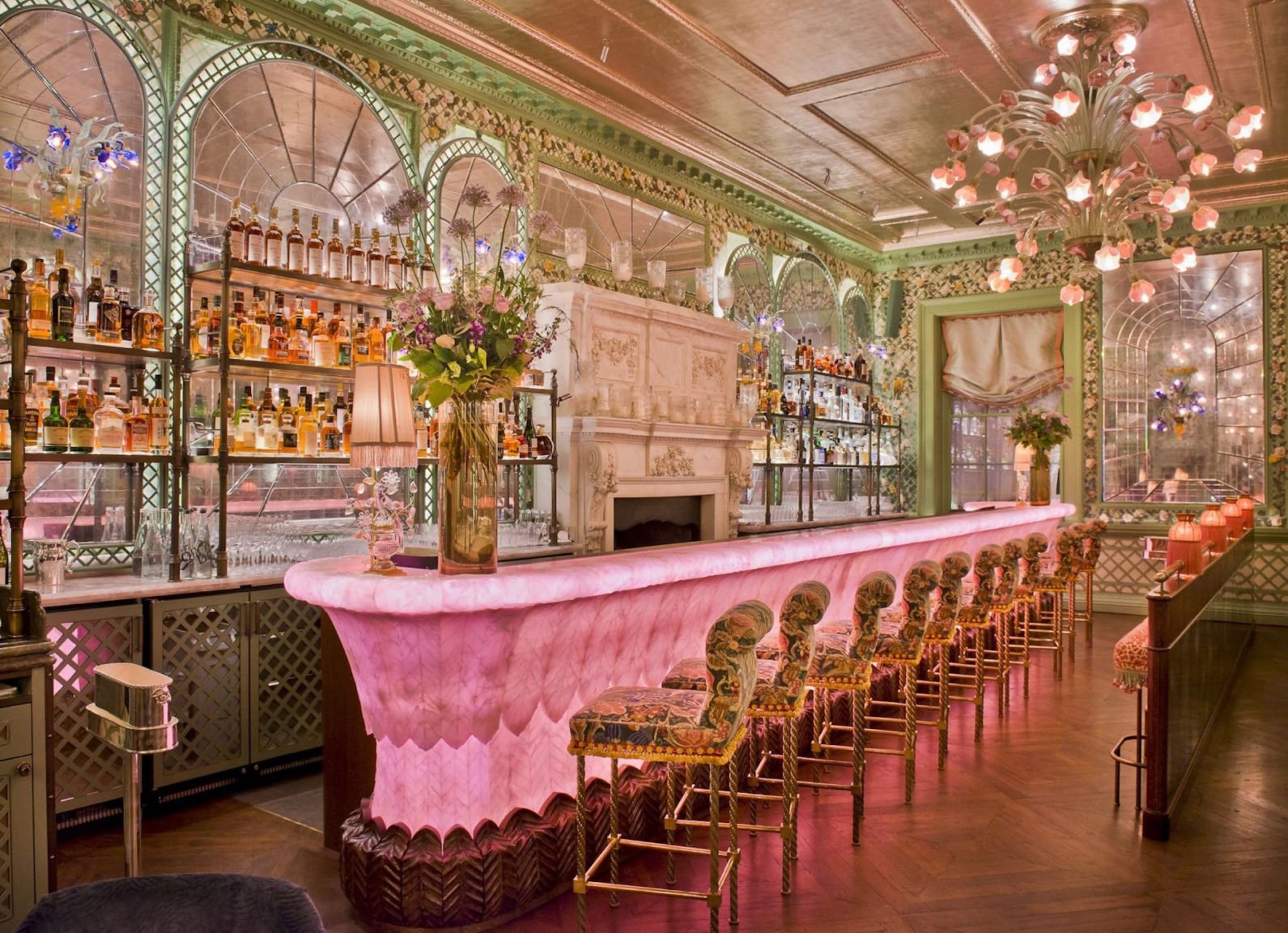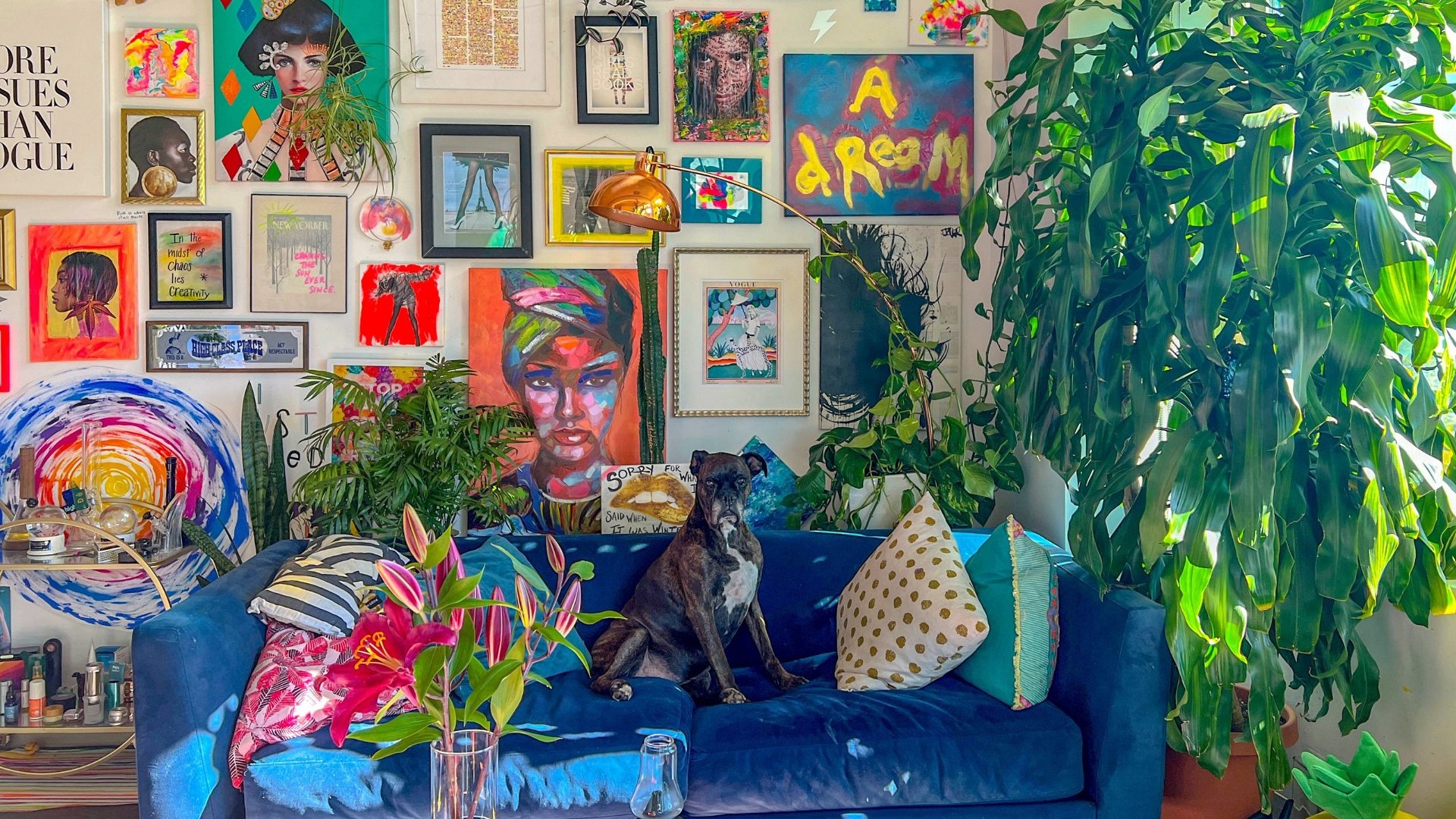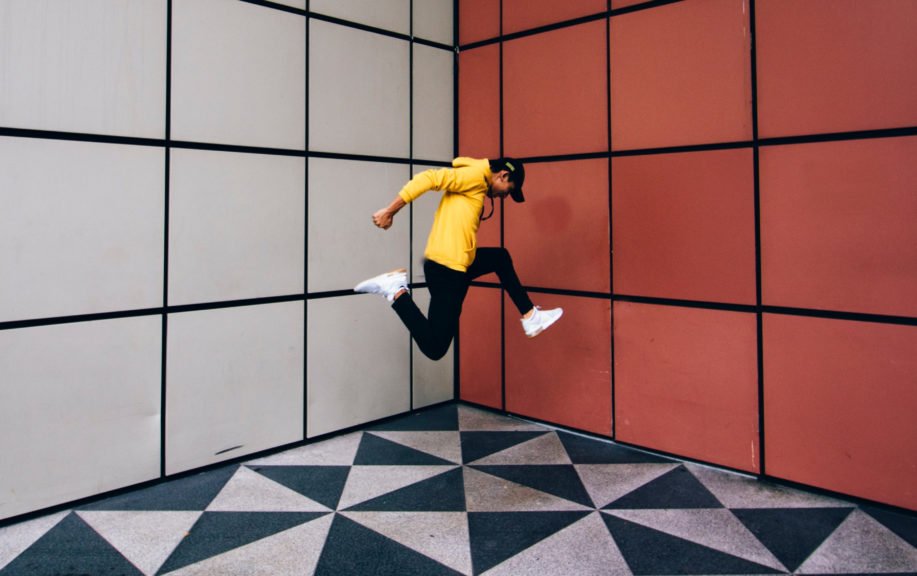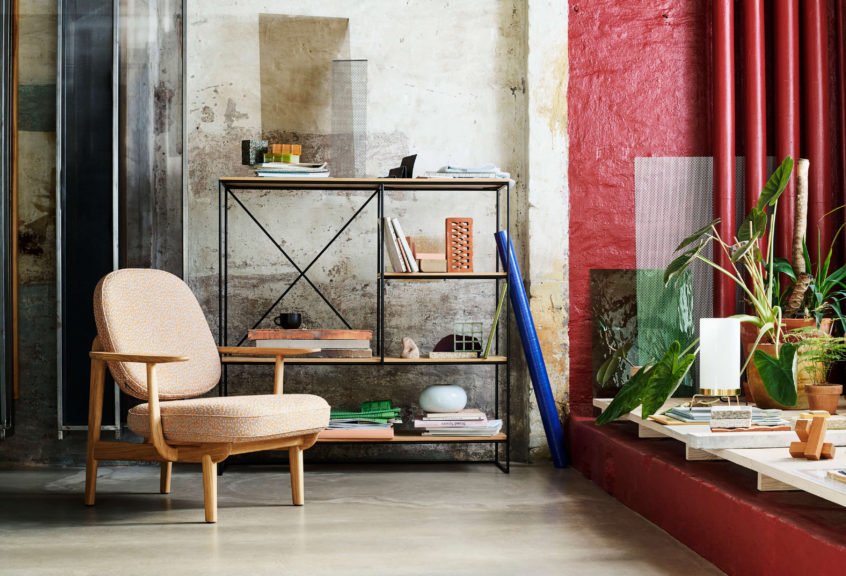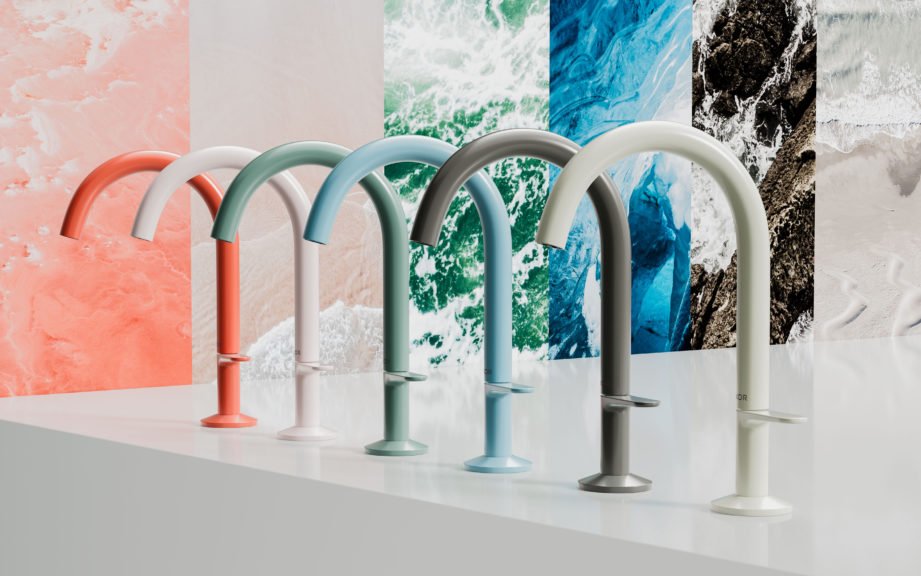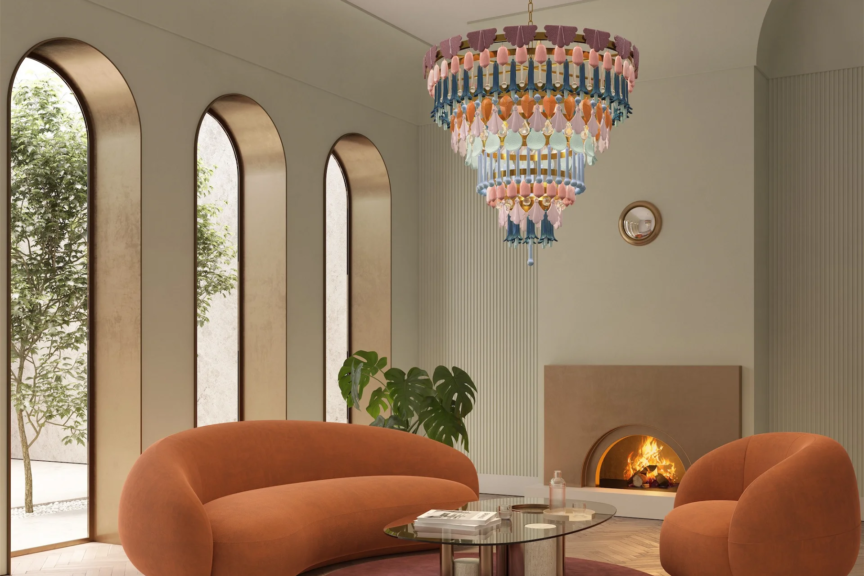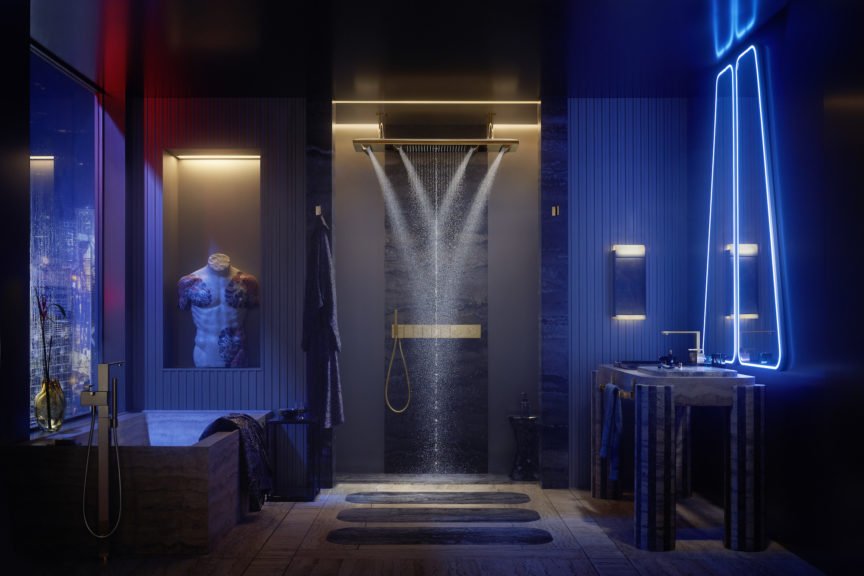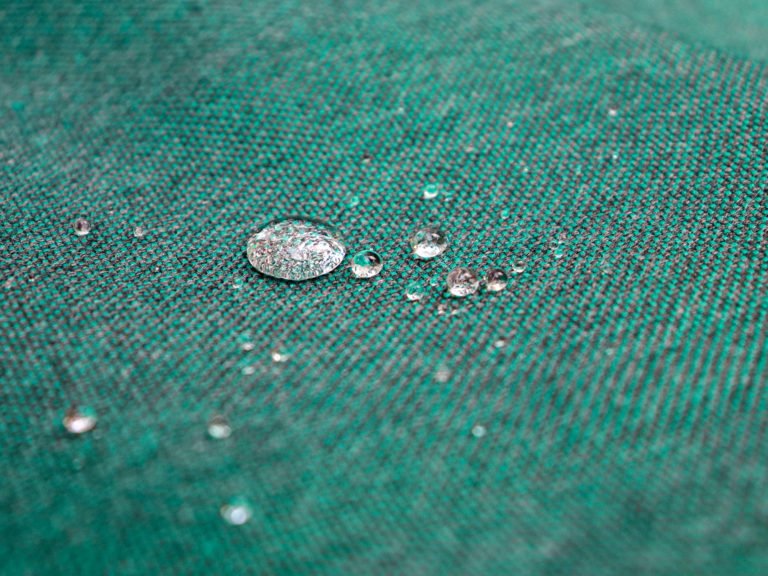For decades, the quickest retort to Ludwig Mies van der Rohe’s ‘Less is more’ aesthetic has been Robert Venturi’s ‘Less is a bore’ ideology. This perceived battle between minimalism and maximalism has existed since the beginning. With one’s do’s matching the other’s don’ts, it’s not exactly a shocker.
Over the ages, the two styles have coexisted, but their popularities have always been in rotation. For a few years, maximalism is the king; for others, minimalism takes the cake. Both styles have merits and downfalls, and it’s the users’ preferences, personalities, and purposes that drive the narrative at the end of it all.
While minimalism has a calm and soothing aesthetic, it risks becoming repetitive and non-personalised. On the other hand, maximalism might effortlessly bring out a more bespoke spirit but balancing the scales between tasteful flamboyance and overwhelming layers can be tricky. Until a year ago, we saw a wave of minimalism hitting the design arena. In recent times, however, maximalism seems to be making a powerful back, and we are here for it. For your aid in these transitional times, here’s a list of avenues to seep maximalism into interiors…
1. Solid Coloured Fabrics
Fabrics make up the essence of seating, curtains and sometimes even wall coverings. Adding solid colours to interiors can contribute to a fun but graceful aesthetic. As long as the paired shades are not incompatible or simply one too many, one can not go wrong with a pop of colour to imbue maximalism in spaces.
Fiber from Caimi Brevetti and Maglia from Spradling present a great range of hues to line interiors. Given its acoustic features, the polyester fabric from Fiber might be an ideal choice for bringing out a more homey, plush vibe in offices and restaurants. The latter, Maglia comes with the sophistication of the ‘Oxford’ self-pattern that delivers an undoubtedly luxurious experience.
2. Patterned Soft Finishes
Patterns and prints are a crucial aspect of maximalism. Patterned upholstery and accessories like throws, cushions, curtains and drapes bring a wonderfully whimsical feel to the furniture. If paired with neutrals, the fabrics still peak the dramatism of an area.
Razzle Dazzle from Kvadrat poses a case of random, directionless patterns and impressive colour combinations mixed into one range. Evoke from Sahco also is a tempting pick with its whirlwind print and subtle but not muted shades. Suzanne Tick’s Rare Earth, an ode to nature’s colours and texture, can also give interiors a vivid look.
3. Showstopping Accents
Layering is a prime principle of maximalism, and while it is a slippery slope, piece-de-resistance accents are an integral part of the style. It ranges from huge-sized potted plants to sculptural pottery; it just has to be bold and quirky enough to grab attention in a sea of other eye-catching features.
The Amazonia sculpture by Roberto Cambi for Giorgetti is an example, in particular, of a unique and thematic accent. Its white-glazed ceramic with a metal core contributes whimsy to any surrounding. For an edgier option, you could go with customized wall coverings, made of aluminium chains, from Kriskadecor that have the power to transform a space wholly. If you wish to have a balance of these two, the Steelcase Pod Tent blends organic form with modern details, giving rise to a soothing, yet vivacious piece.
4. Tactful Tables
Tables act as the connecting factor between all the other furniture. For maximalism, their role is no different. Even with simple-looking tables, accessories, and upholsteries surrounding it can instantly take the design up several notches. A reliable and versatile table in such scenarios goes a long way.
Available in a variety of 12 tabletop finishes, including monochrome and oak laminates, which can be mixed and matched as a three-way split, the BAE table from Orangebox is an industrial-looking piece of furniture that matches the criteria to the tee. Developed by designers of Formfjord, Circus from Offecct is equal parts light-hearted and dependable in terms of looks and function and can play a connector well in a maximalist setting.
5. Singular Statement Seatings
You don’t always need all the seatings in space to stand out; at times just one or two statement seatings can pull it off. A careful selection of neutral and peculiar seating can bring about an eye-popping contrast.
A seat that allows movement, such as the HUB Swing from Interstuhl, would be the charm of the area, for instance. The HUB Swing helps put the New Work concept in motion and brings a new shape to the working environment. Combined with the other elements of HUB – the communication zone is one of the most important intersections in every office. For something compact, one could opt for the Circus Pouf Duo from Norman Copenhagenn. Its complimentary colours and soft wool surface provide a truly maximal experience.
6. All-out Maximalist Seating System
You can always choose to go full-power on seating to achieve a wholesome maximal look. Out-of-the-box seating, in terms of both – form and colour – is guaranteed to catch the eyes and intrigue. And, if you can, why not?
Pebble Rubble from Moroso shines brightly in this genre. Right from the rock-inspired shape to the shades, the system made of 15 modules, when paired with equally eccentric pieces, has unlimited potential. Also inspired by rocks, Babe from ISKU has curves and a suppleness to it. One can transpire various configurations with multi-coloured modules as well. Parterre from Quiniti is another offering, which, although more geometrical in form, can lift the mood of a room seamlessly.
Featured Image: The Club at Annabel’s. Images credit: Paul Griffith Photography

